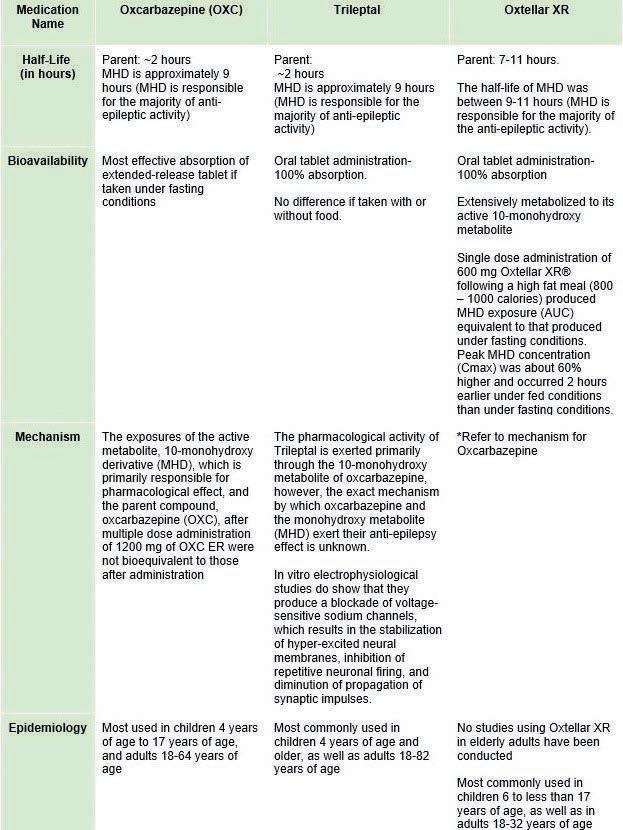Scholarly Research In Progress • Vol. 5, November 2021
Review of Ketamine as a Rapid Antidepressant for Treatment-Resistant Depression Sankung X. Darboe1*‡, Peter J. Koszuta1*‡, Paul W. Lee1*‡, and Mannaa I. Mannaa1*‡ ¹Geisinger Commonwealth School of Medicine, Scranton, PA 18509 *Master of Biomedical Sciences Program ‡ Authors contributed equally Correspondence: mmannaa@som.geisinger.edu
Abstract The anesthetic agent ketamine has been under investigation as a potential antidepressant for two decades. Animal studies and subsequent randomized control trials for patients have provided extensive evidence of ketamine’s rapid antidepressant outcomes both structurally at the receptor level as well as behaviorally. A review of current literature hones in on the putative rapid mechanisms of action of ketamine, which place the drug ahead of nearly all current antidepressants for treatment-resistant depression (TRD) patients. Clinical investigations, safety, and ethical implications are highlighted along with the need for reduced treatment cost. Finally, to more fully understand the effects of long-term use, efficacy in other types of psychiatric disorders, and interactions with comorbidities, more extensive trials are warranted.
Introduction Major depressive disorder (MDD) is a major psychiatric problem worldwide, reportedly affecting 12% of males and 20% of females in the United States alone (1, 2). The etiology of MDD is not well known since there are various neurobiological causes, such as glutamatergic transmission defects in the central nervous system, as well as social and environmental factors that may lead to the stress levels of patients suffering from MDD (3, 4). In patients suffering from MDD, glutamatergic transmission is believed to be homeostatically downregulated by rapid-acting antidepressants (3). While several pharmacological treatments have proven successful in treating MDD, many patients with serious cases experience TRD with existing treatment approaches, with long-term effectiveness lagging after several trials, and 30% of patients continue to experience depression after a short duration of effective treatment (1, 4, 5). Usually, these patients are diagnosed with TRD after not successfully responding to at least two different antidepressant treatments (6). Most of the antidepressants used for MDDs have been shown to function in monoaminergic pathways, but it normally takes weeks to months before any meaningful therapeutic effect is generated (4, 7). Due to its rapid biological effects and effectiveness, ketamine has attracted attention in neuropharmacology over the past few decades. Ketamine was originally FDA-approved as a rapid-acting anesthetic in 1970 and evidence of its antidepressant action also began to emerge in the 1970s as preclinical studies with sub-anesthetic doses of the drug showed similar mechanisms of action to antidepressants at much rapid response rates (8). Ketamine is not approved by the FDA for depression, but its enantiomer, S-ketamine (esketamine), was FDA-approved in
160
2019 as it was found to be a more potent N-methyl-D-aspartate (NMDA) receptor antagonist with favorable adverse effects compared to (R)-ketamine and showed lower variability in pharmacokinetics and pharmacodynamics in various patients (8, 9, 10). Esketamine was a more potent mu-opioid receptor agonist and a less potent sigma-opioid receptor agonist (10). In addition to its rapid effects, ketamine has also been reported to rapidly reverse anhedonic behavior and synaptic defects in animal models studies with chronic unpredictable stress (CUS) (11). Although the effects of ketamine on anhedonia in humans remains to be determined, these findings highlight the efficacy advantages of ketamine compared to current antidepressants that are relied upon for treatment (11, 12). Moreover, this review is based on the hypotheses on the mechanism of action of ketamine and how sub-anesthetic doses of ketamine can modulate homeostatic plasticity in the treatment of MDD. Homeostatic plasticity modulates strong neuronal connectivity as a composite of global plasticity and synaptic scaling. In patients with MDD, achieving and maintaining homeostatic plasticity becomes paramount (13). MDD patients are identified as having downregulation of synapses of the prefrontal cortex (PFC) and hippocampal gray matter due to neuronal excitotoxicity resulting from prolonged stress (13). Inflammatory cytokines and neurotrophins are among factors that mediate this downregulation (14, 15). Prolonged stress-associated neuronal atrophy and synaptic depression have been linked to disruption of the glutamatergic system and downstream excess of extracellular glutamate (13, 16). Neuronal atrophy and synaptic depression are encompassed by dysfunctional synaptic strength, reduced dendritic spine density, retraction of spines and reduced dendritic branching of the prefrontal cortex (PFC) (17).
Methods The literature review was conducted by accessing multiple databases, including primarily but not limited to PubMed, PubPsych, and Google Scholar. Most data, results, and perspectives were obtained from recent publications of research journals, some a mix of primary and secondary data. Some data were obtained from clinicaltrials.gov, and some clinical perspectives were obtained by blogs of medical schools and physician-writers. The time frame was principally comprised of the ten years since 2011, but older sources were relevant and reliable, and therefore included. The search was conducted between January and March 2021. Search terms include “ketamine,” “esketamine,” “depression,” “major depression,” “suicidal ideation,” “pharmacology,” “pharmacodynamics,” “clinical trial,” “randomized controlled trial,” and others. Inclusion criteria included articles or reports published in reputable












































